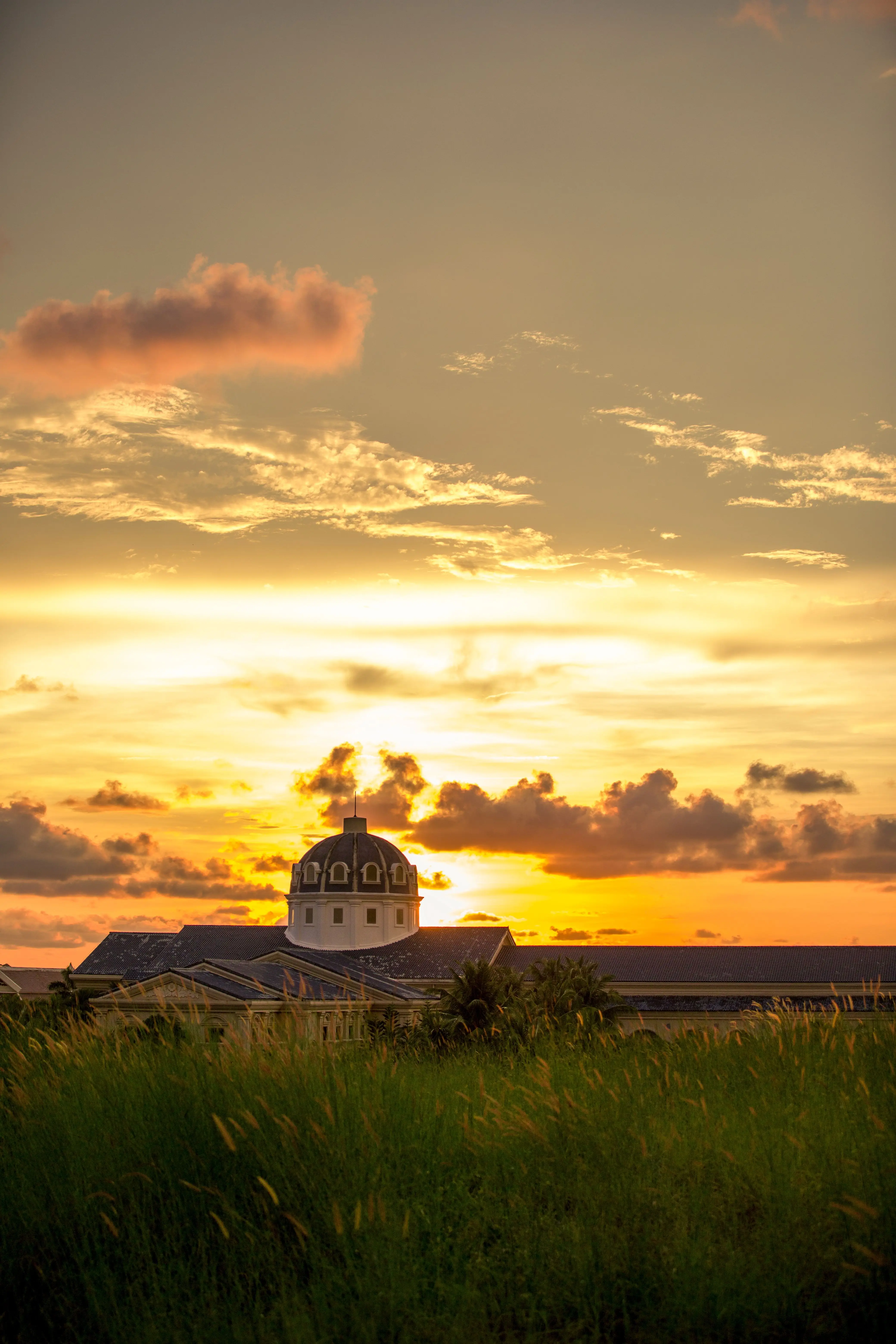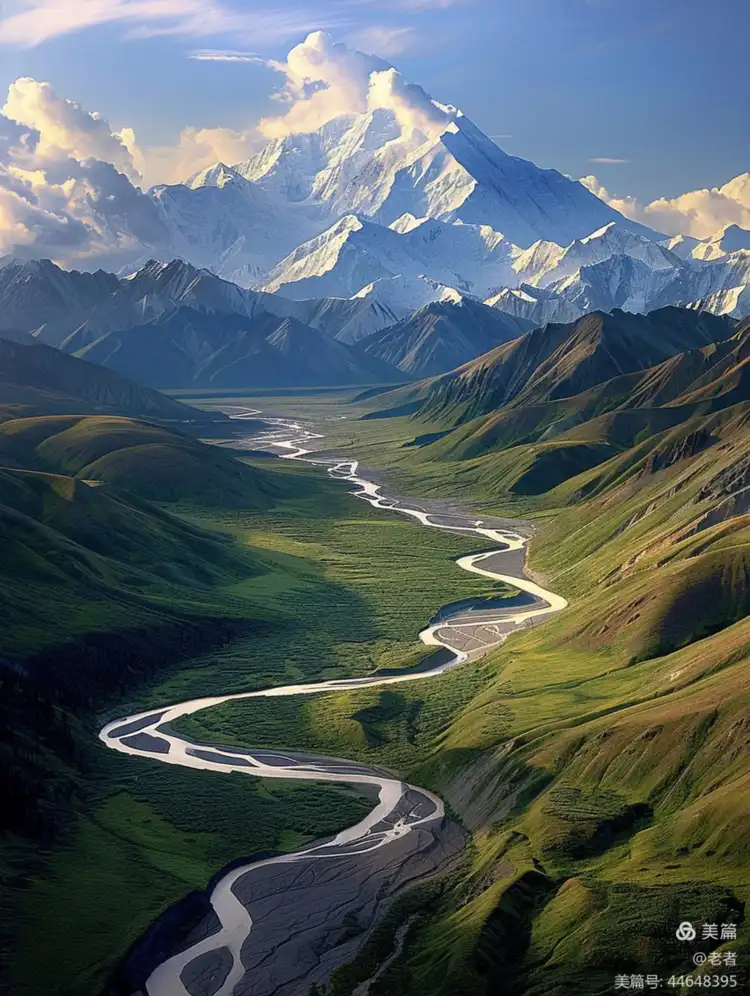Global Travel Information
Meknes, Morocco
Meknes: Morocco's Imperial Secret
Nestled in the fertile plains north of the Atlas Mountains, the city of Meknes often lives in the shadow of its more famous siblings—Marrakech, Fez, and Rabat. Yet, to bypass this imperial city is to miss the heart of Morocco’s soul, a place where history is not merely preserved in stone but breathes in the very air. Designated a UNESCO World Heritage site, Meknes is a testament to ambition, a legacy of a Sultan who dreamed of building a capital so magnificent it would dwarf all others. It is a city of colossal gates, hidden treasures, and a quiet, understated elegance that reveals itself to those willing to wander beyond the main thoroughfares.
The story of Meknes is inextricably linked to one of Morocco’s most formidable and controversial rulers, Sultan Moulay Ismail. In the late 17th century, after establishing the Alaouite dynasty that still rules Morocco today, Ismail chose Meknes as his capital. Driven by a desire for security, legitimacy, and sheer grandeur, he embarked on a building project of staggering scale. For over five decades, tens of thousands of workers, including Christian prisoners from European wars and Moroccan Berbers, labored to construct a vast imperial city—a self-contained complex of palaces, mosques, gardens, granaries, and stables surrounded by over 25 miles of formidable walls.
Moulay Ismail’s vision was to create a Moroccan Versailles, a symbol of power that would impress foreign ambassadors and intimidate his enemies. The result was a monumental architectural marvel, and its most awe-inspiring entrance remains the defining image of Meknes: Bab Mansour.
To stand before Bab Mansour is to understand the scale of Moulay Ismail’s ambition. Completed in 1732 by his son, Moulay Abdallah, the gate is a masterpiece of Hispano-Moorish design. Its immense arched doorway is flanked by grand columns and adorned with exquisite zellij tilework featuring intricate geometric patterns and Koranic inscriptions in green, white, and black. The gate’s perfection is legendary; local lore claims that when asked if he could create anything finer, the Christian architect, Mansour, replied in the negative and was promptly executed to ensure his masterpiece could never be replicated. Today, the gate leads into the vast Place Lalla Aouda, a square that once witnessed military parades and now buzzes with local life, serving as a prelude to the imperial city within.
Venturing through Bab Mansour, one enters the heart of Ismail’s dream: the Imperial City. This is a labyrinth of ruins and restored splendors, where the ghosts of a lavish court seem to linger. A key stop is the Heri es-Souani, the immense granaries and stables. This architectural feat of engineering was designed to hold enough grain to sustain the city and its legendary 12,000 horses through a years-long siege. Its massive vaulted chambers, with walls meters thick, maintain a remarkably cool temperature year-round, a natural refrigeration system that highlights the ingenuity of the builders. Nearby lie the sprawling Royal Stables, where the Sultan’s prized horses were kept in rows of arched niches, their scale a silent testament to the importance of cavalry in Ismail’s power.
Equally significant is the Mausoleum of Moulay Ismail. Unlike most religious sites in Morocco, it is open to non-Muslim visitors, offering a rare glimpse into the heart of Moroccan sacred architecture. The interior is a serene oasis of calm, adorned with brilliant mosaics, carved plaster, and marble. It is a place of active pilgrimage, where Moroccans come to pay respects to the Sultan who unified the country, his tomb a centerpiece of quiet reverence amidst the geometric perfection.
But Meknes is more than just its imperial monuments. The medina, a UNESCO site in its own right, offers a markedly different experience from the frenetic energy of Fez. Here, the pace is slower, the shopkeepers less insistent, allowing for a more contemplative exploration. The narrow, winding alleys are a sensory delight: the scent of cedarwood and spices mingles with the sound of artisans hammering brass and the call to prayer echoing from the minarets. The souks are organized by trade, with dedicated quarters for carpets, leatherwork, pottery, and the iconic Meknes olives, a local specialty sold from giant barrels.
Beyond the city walls lies another dimension of Meknes’s appeal: the Roman ruins of Volubilis. Just a short drive away, this ancient city stands as a reminder of the deep historical layers that define this region. Walking its decumanus maximus, one passes by the remains of grand houses with still-vibrant mosaics depicting Roman myths, the towering Basilica, and the triumphant Arch of Caracalla. Volubilis was a critical administrative outpost of the Roman Empire, a source of grain and olive oil for the legions. Its presence so close to Meknes creates a powerful dialogue across centuries, connecting the imperial ambition of Rome with that of the Alaouite sultans.
The true magic of Meknes, however, lies in its atmosphere. As evening falls, the city transforms. The setting sun paints the honey-colored walls of the medina in hues of gold and ochre. Locals and visitors alike gravitate to the bustling Place el-Hedim, the "Square of Demolition," cleared by Moulay Ismail to create a public space facing his imperial city. It is the antithesis of Marrakech’s Jemaa el-Fnaa—smaller, more intimate, but equally alive. Storytellers captivate circles of listeners, vendors sell steamed snails from carts, and the aroma of grilling meat fills the air from simple food stalls. Families stroll, children play, and the colossal Bab Mansour, now illuminated, stands as a silent, majestic sentinel over the nightly ritual.

Meknes does not shout about its wonders. It whispers them. It is in the quiet corner of a vast ruin, the taste of a succulent olive, the friendly nod from a shopkeeper, and the profound sense of history that permeates every stone. It is a city that rewards the curious traveler, offering an authentic, unfiltered experience of Morocco’s imperial past without the crowds. To visit Meknes is to discover the secret heart of a kingdom, a place where the ambition of a mighty Sultan is etched into the very fabric of the city, waiting patiently to be discovered.
相关文章
- Elbe River Amusement Parks: Rides with River Views
- Elbe River Camping Spots: Pitch a Tent by the Water
- Elbe River Glamping Sites: Luxury Camping Along the Banks
- Elbe River RV Parks: Stay in Your Camper Near the River
- Elbe River B&Bs: Cozy Accommodations with a Personal Touch
- Elbe River Hostels: Budget Stays for Young Travelers
- Elbe River Business Travel Guide: Meetings & Events Near the Water
- Elbe River Conference Venues: Spaces with River Views
- Elbe River Wedding Venues: Tie the Knot by the Water
- Elbe River Funeral Services: Respectful Locations Along the Banks
发表评论
评论列表
- 这篇文章还没有收到评论,赶紧来抢沙发吧~


